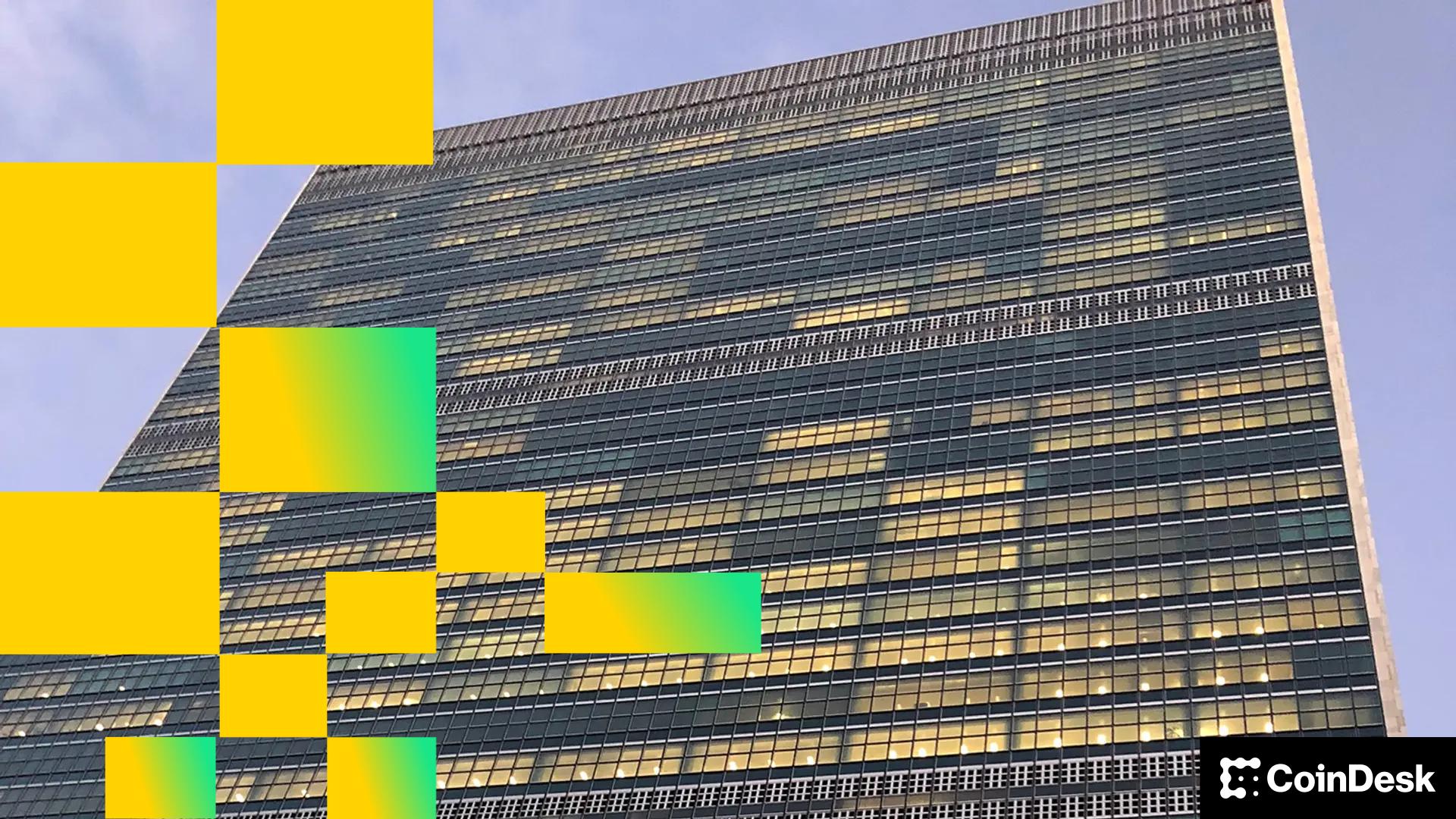
The United Nations leaned into blockchain expertise to overtake its personal pension system, and a examine of that course of concluded the innovation is the “final expertise for digital id verification,” which has spurred the UN towards extending the system and sharing it with different worldwide teams.
The UN — which has explored numerous blockchain makes use of through the years — tried it out on their United Nations Joint Employees Pension Fund (UNJSPF), in response to a white paper launched this week that prompt its use in confirming individuals’s identities will help in safety, effectivity and transparency. In cooperation with the Hyperledger Basis, the UN sought to “enhance and safe the UN pension course of globally by placing a blockchain-supported digital identification infrastructure into manufacturing.”
The UN pension fund had been working off of a 70-year-old system to determine beneficiaries in 190 international locations, counting on a paper-based strategy to show greater than 70,000 beneficiaries have been who they mentioned they have been, nonetheless alive and the place they claimed to be. It was susceptible to error and abuse, and resulted in about 1,400 cost suspensions yearly, in response to the doc. So the group shifted to the blockchain-powered digital certification, starting with a 2020 pilot program and a 2021 implementation.
“The shift away from bodily documentation has considerably decreased processing occasions beforehand spent on receiving, opening, scanning, and archiving paper paperwork,” the paper mentioned.
The blockchain helped remove the single-point-of-failure downside posed by a centrally managed strategy, in response to the paper that detailed the method and outcomes, with the authors suggesting its success might be repeated elsewhere. Its open entry and value by a number of entities reduces the repetitious want for id checks, the authors discovered.
The UN is exploring spreading related expertise all through its personal system and sharing it elsewhere as a “digital public good,” looking for to broaden the Digital Certificates of Entitlement strategy to different worldwide organizations.
“The venture has offered not solely a technical prototype but additionally an operational mannequin for the way organizations throughout the UN household can collaborate to design safe, scalable, and inclusive digital public infrastructure,” wrote Sameer Chauhan, the director of the United Nations Worldwide Computing Centre, in a conclusion included within the paper.




